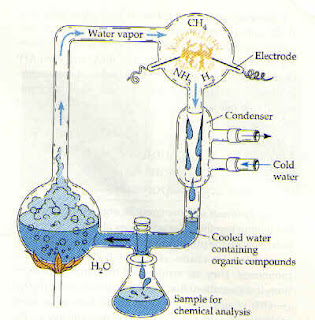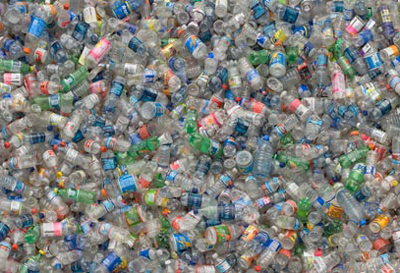Something in the Water...
In reading the article on anti-HIV strategies for Botswana women, there is a bit of controversy on the way a mother feeds her child. Previous studies have shown that HIV infected women should not breast-feed and result to formula feeding. The Botswana women seem to have a high risk of HIV, and the government strictly advised women to practice formula feeding rather then breast feeding due to the disease. The government distributed formula to needy women, so that they could all abide by the public policy, but did not distribute clean water.
In later years, a diarrhea outbreak took place killing 532 children under 5 years old due to the water used to mix the formula. The Medical Epidemiologist Tracy Creek of the U.S. centers for disease control and prevention found that out of the 532 children that died, 65% of the mothers were infected with HIV and 22% of the mothers fed the babies with formula while only one baby was breast fed. This news brought about an alarming concern. The question continued to be asked, do the Botswana women breast feed or continue to follow strict rules and continue to use formula?
MY THOUGHTS: From reading this article, I strongly believe the government should have taken this matter at all angles. They should have weighed the pros and cons on the situation. The women took the advice from the government. But they should have also been informed to mix the formula with clean water. I feel, in Botswana, the women did what they could. Clearly clean water is not easy for them to obtain.
















